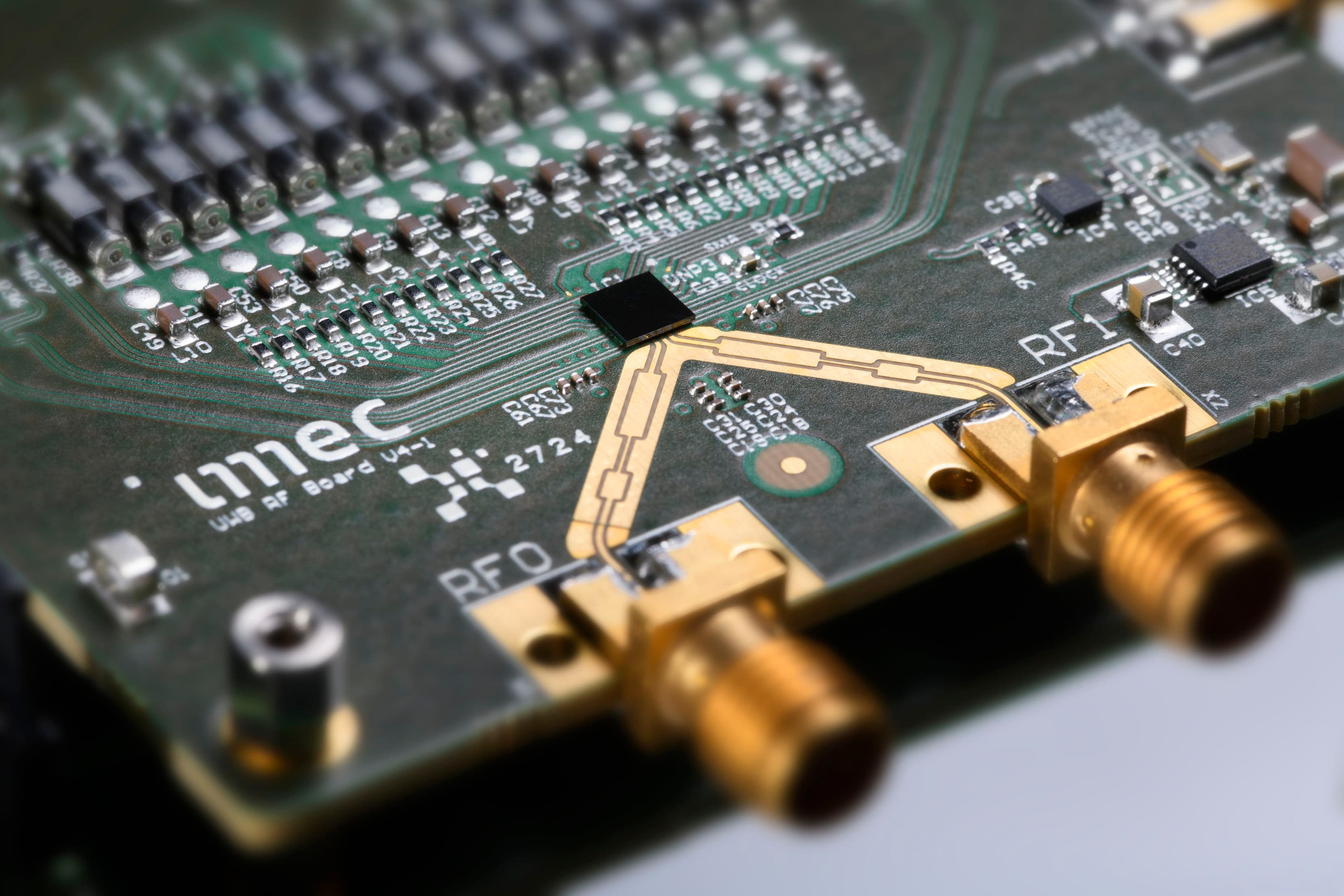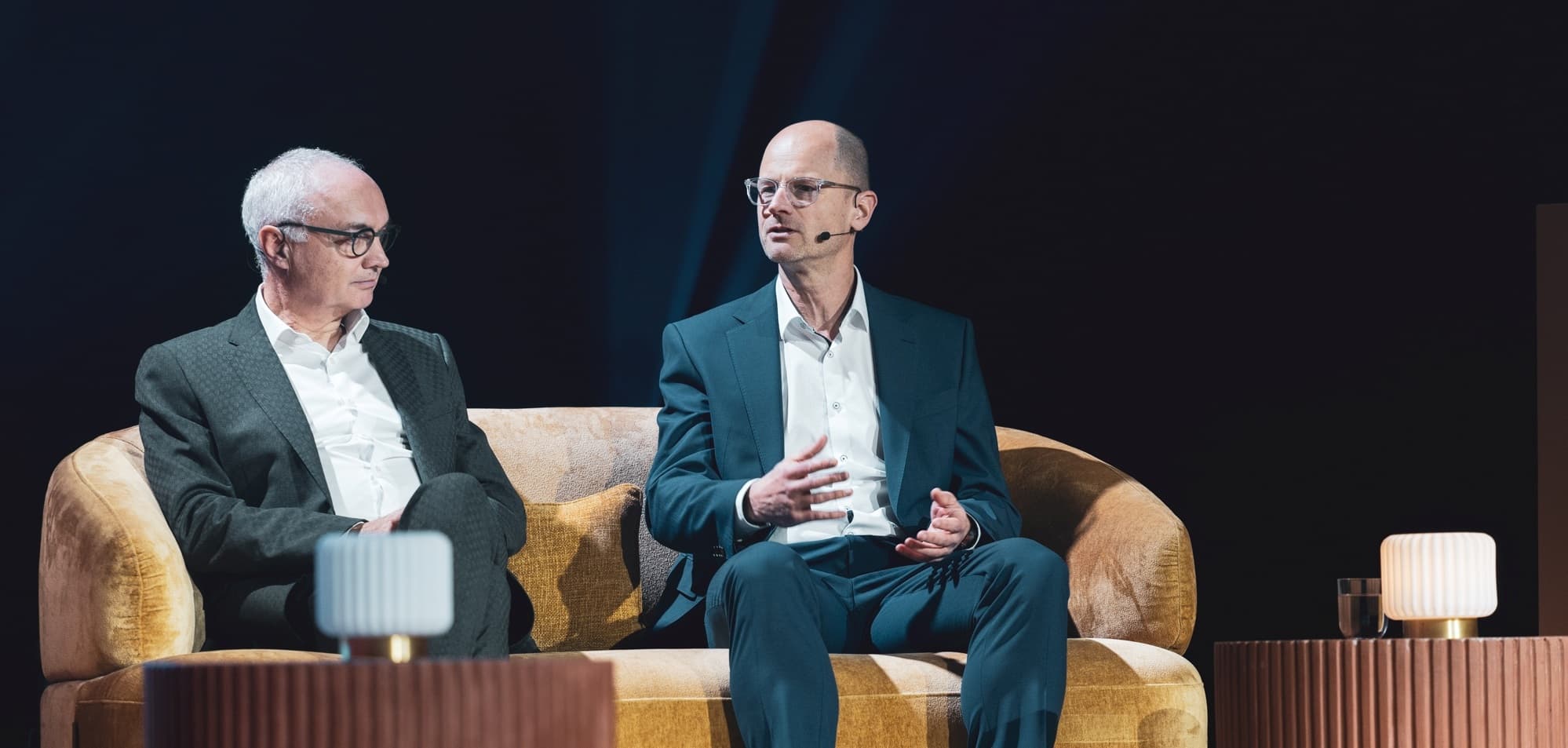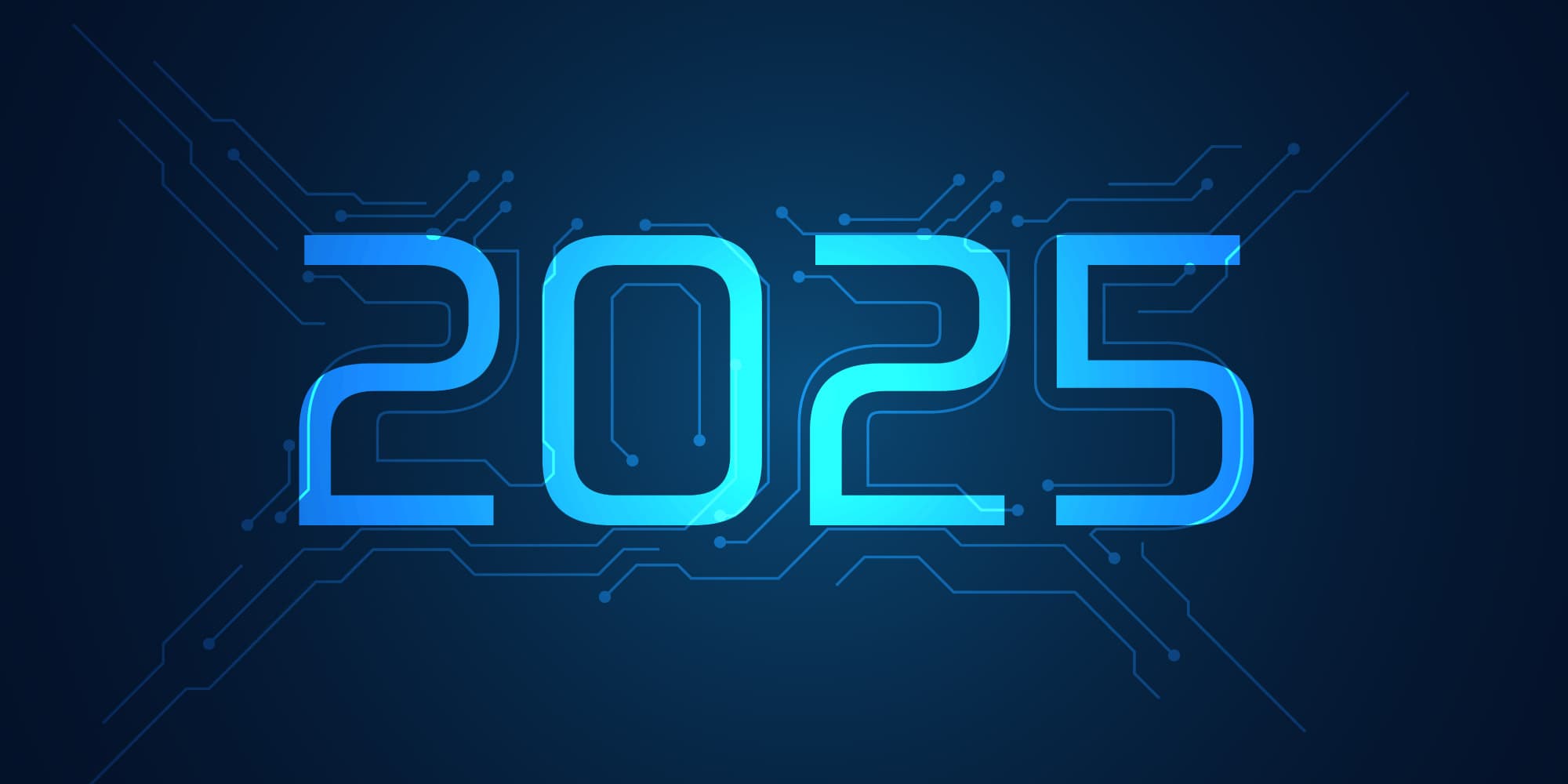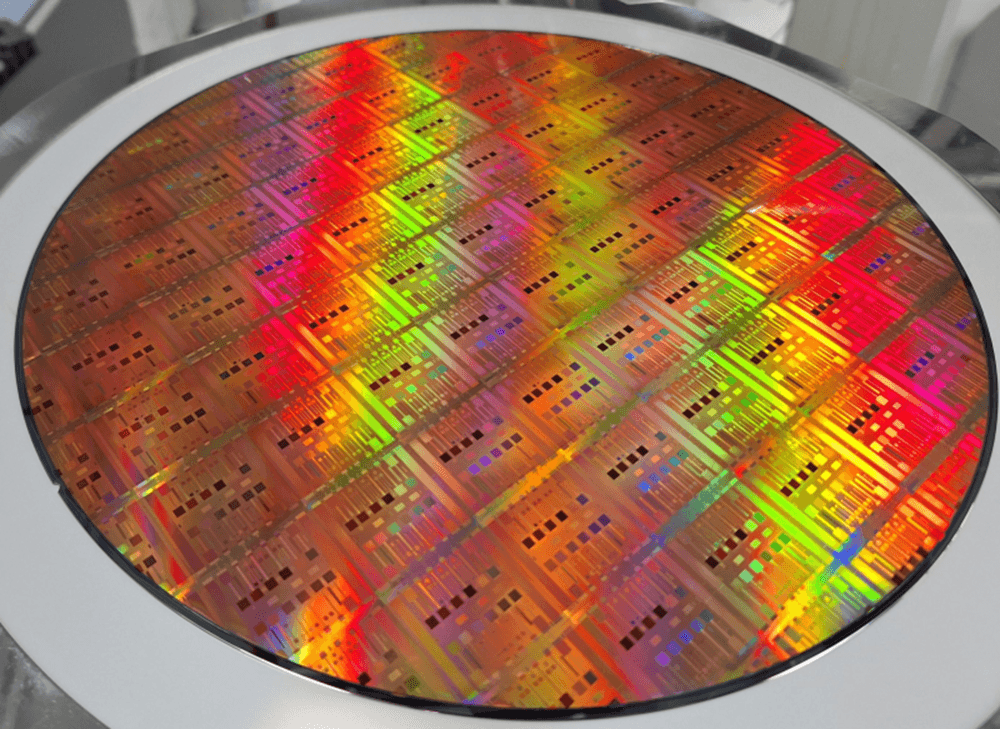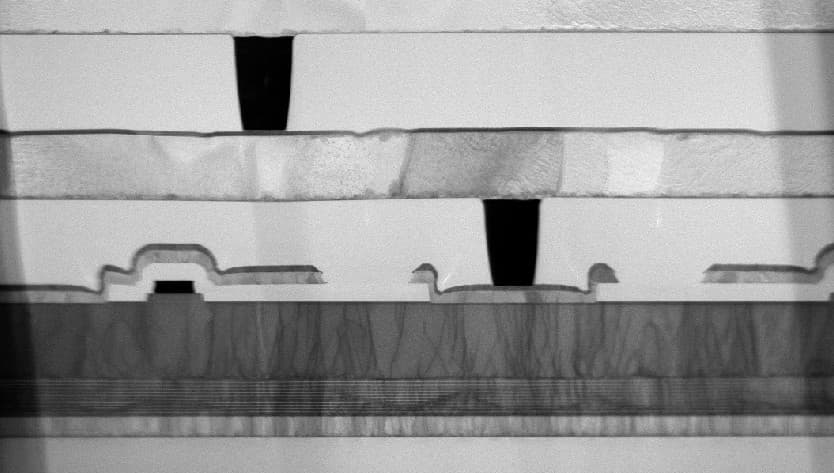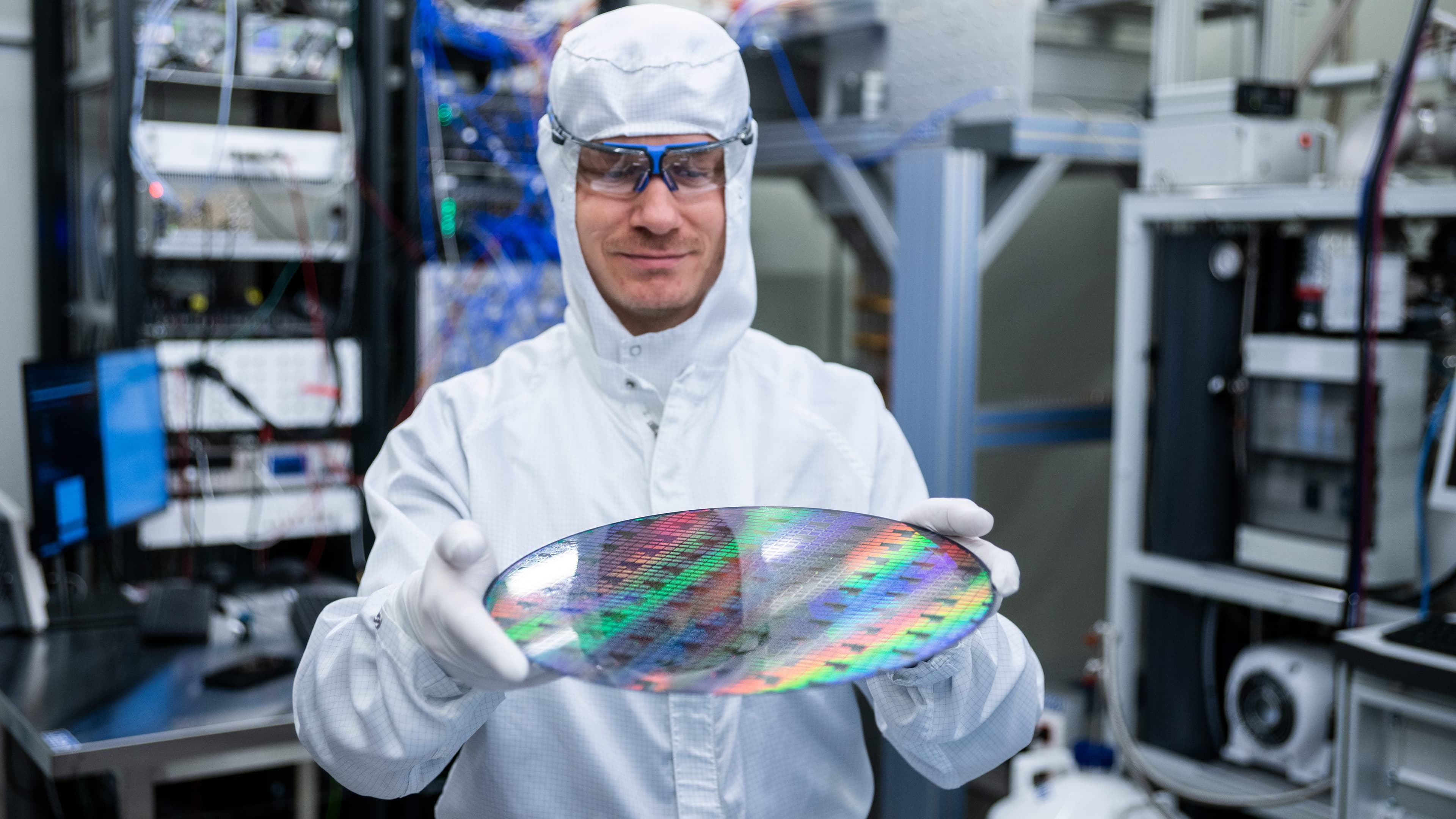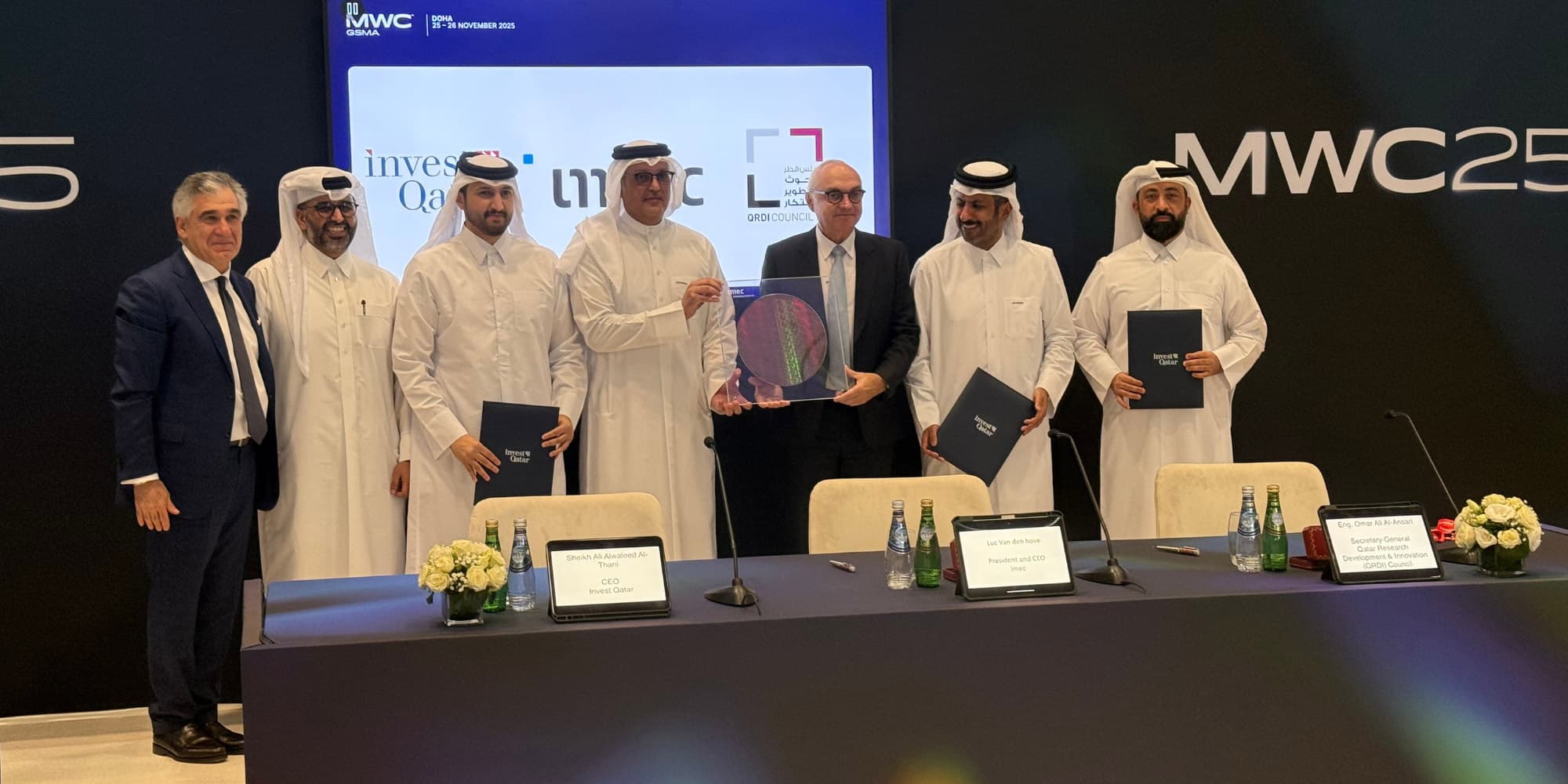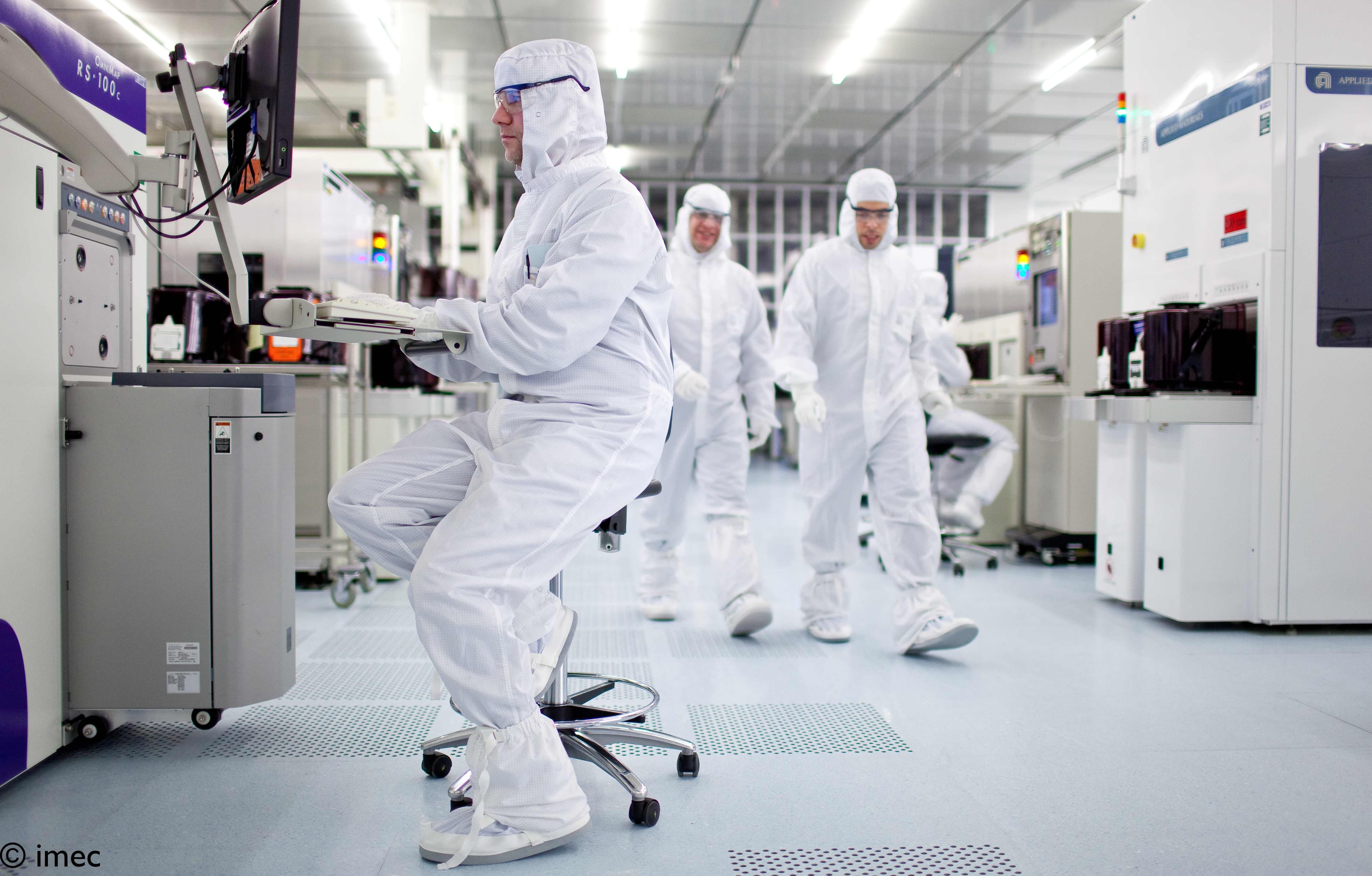FAQ about Intellectual Property Rights (IPR)
Browse our list of frequently asked questions about IPR in imec.icon projects: Background, Foreground and Sideground knowledge, ownership, use of open source, and more.
What is Background, Sideground, Foreground?
Background: the pre-existing knowledge at the start of a project (which may or may not be protected by intellectual property rights.)
Sideground: knowledge developed over the span of a project but not in the execution of the project.
Foreground: all knowledge and results developed during and in the execution of the project.
What is the difference between ownership rights, access rights and usage/exploitation?
Ownership is the right to use something in the broadest sense. An owner can use its property, abuse (or destroy) it and reap the benefits.
Access right: the right to use the results in a certain specified way.
Usage: this is defined in the agreement. Depending on the definition, one can have broad or less broad usage rights. For example: the rights to a certain domain, geographical place, for research, non-commercial…
Exploitation: a form of usage, usually understood as commercial use.
What if my company wishes complete ownership of all results?
If you want complete ownership of all the results of a project, an imec.icon project is not the right one for you. Full ownership of all results can only be achieved in the context of a completely company-funded project; with normal market remuneration paid to the research groups (a bilateral agreement). In principle, you can also not become owner of the Background.
What to do if I want to change the Background during the project or want to add Sideground?
The procedure in question is described in the CA:
“Each Party can add (but not remove) elements to their Background and Sideground by notifying the other Parties in writing, without the need for an amendment for this Agreement. The changes are accepted after approval by the project steering committee and should be noted in the steering committee report.”
Does a party have access to the FG in the same WP?
Yes, any party who has contributed to a Work Package can gain access to the results from that Work Package. Provided that the party that wishes to use the results of another party, needs these results to be able to use its own results.
Is access to source code part of an imec.icon or of the source code itself?
In principle, no access rights are given to the source code itself, only to the object code. Only if the party requesting access can prove that object code access is not sufficient, an exceptional access to the source code can be granted.
Why is it important to already know about the imec.icon IP arrangement at the time of writing the full proposal?
Access rights are granted to partners per WP. They can also be granted to other parties, but the conditions are different. That is why it is recommended to already take this into account while writing the project.
Is it a problem to use open source in my project?
Certain open source licenses can contain provisions that may be in contradiction with the provisions of the CA and the valorisation objectives of a partner.
The Cooperation Agreement stipulates the following:
“For this reason, during the execution of the imec.icon project, each Party will refrain from using or introducing Background, Sideground or Foreground that would subject the Background, Sideground or Foreground (wholly or partially) to have to be (or most likely have to be) released in accordance with Open Source Terms, unless this Party has received prior approval of the project steering committee.
A company wants to make a side agreement, holding a number of disclaimers. Is this possible?
Yes, but all project partners have to agree to this.
The Background knowledge has to be listed (positive list). Do we have to include items that are already “protected”?
Yes, certainly for patents and patent applications. Already developed software is also best listed here. It is recommended to take a ‘picture’ of the source code before the start of the Project and have it registered with imec (confidentially) or as an i-Depot (boip.int). This way, the code that has been developed during the project can easily be separated from the pre-existing code. Listing publications is also possible, but less “necessary” because these are already publically available.
Can we settle IP at task level instead of WP level?
No. This may however be a signal that this is not really a collaborative project, but that this collaboration would better be arranged with a bilateral agreement.

